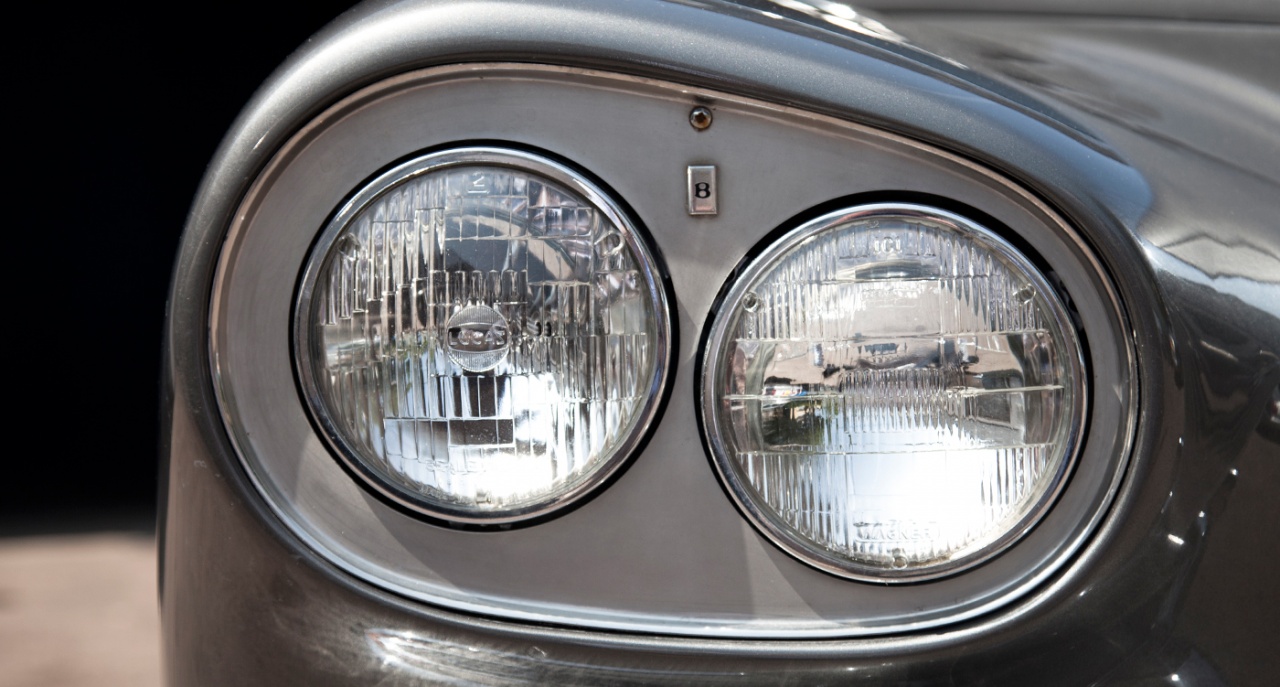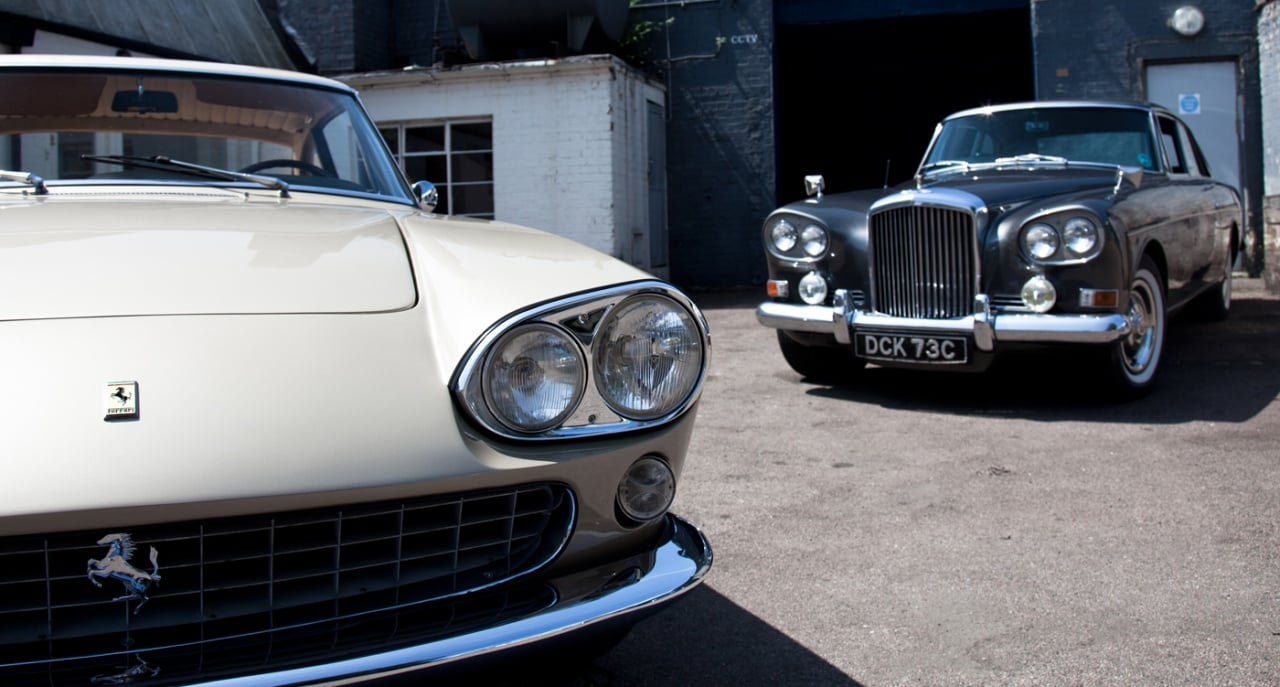Not even the most prestigious marques could ignore the cultural swing of the early 60s. With many brands (automotive or otherwise) targeting the youth of the day, changes were required not only in terms of marketing, but in styling, too.

With the launch of the aluminium-bodied S3 Continental, the recently merged coachbuilder Mulliner Park Ward turned away from the elegant, yet slightly sombre, route taken with its previous work. Instead, in came slanted headlights (becoming affectionately known as ‘Chinese Eyes’, a sobriquet any manufacturer would understandably avoid today), as well as clipped tail-fins and smoothed flanks. These flourishes also made the car more appealing to the American market.
The slanted headlights became affectionately known as ‘Chinese Eyes’, a sobriquet any manufacturer would understandably avoid today...
Meanwhile, Ferrari was also undergoing a transitional period: the legendary 250 chapter was being brought to a close. As only the second series-production 2+2 Ferrari (the first being the 250 GTE), the 330 GT was put into service alongside the 275 GTB and ultra-exclusive 500 Superfast. Designed to offer a more comfortable, less taxing drive than its siblings, it also had an extended wheelbase to better accommodate the +2s.
Pininfarina’s Tom Tjaarda was the man behind the 330 GT’s styling. He too opted for skewed headlights, as well as a wide grille and forward-leaning nose, the latter having recently been adopted by BMW as a styling cue that would continue well into the 80s.

Neither of the tilt-eyed cars lasted long in production: a ‘Series 2’ revision of the Ferrari in 1965 saw the return of a more conventional pair of circular headlights, and that same year the S3 was ousted by the (unitary construction) T1. Between the curious duo, fewer than 600 were built – and today they represent not only a clear example of the good that can come when established companies deviate from tradition, but also just how influential 60s culture really was.
Photos: Jan Baedeker



















